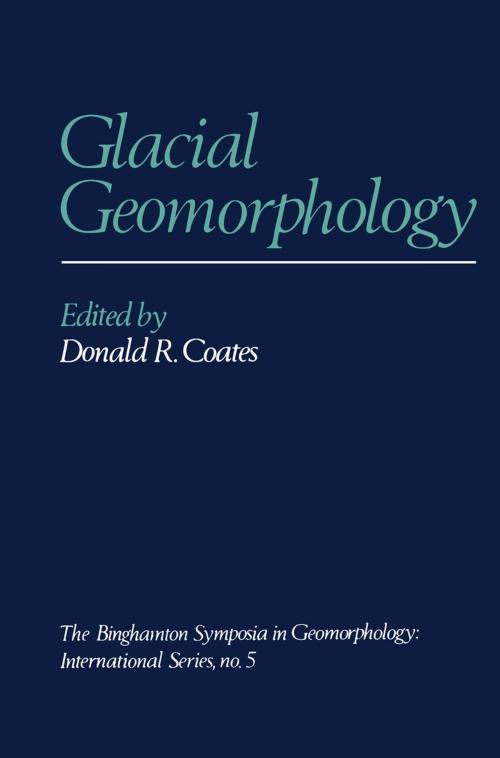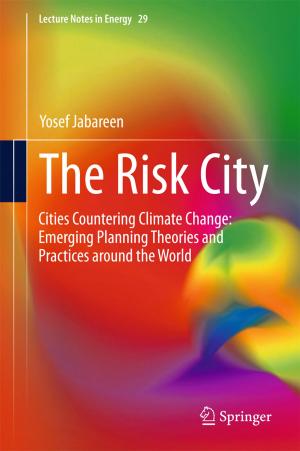Glacial Geomorphology
A proceedings volume of the Fifth Annual Geomorphology Symposia Series, held at Binghamton New York September 26–28, 1974
Nonfiction, Science & Nature, Science, Earth Sciences, Geography, Reference & Language, Education & Teaching| Author: | ISBN: | 9789401164917 | |
| Publisher: | Springer Netherlands | Publication: | December 6, 2012 |
| Imprint: | Springer | Language: | English |
| Author: | |
| ISBN: | 9789401164917 |
| Publisher: | Springer Netherlands |
| Publication: | December 6, 2012 |
| Imprint: | Springer |
| Language: | English |
This proceedings volume is the fifth in our continuing publication series that result from the annual geomorphology symposiums conducted in the Department of Geological Sciences, State University of New York at Binghamton. The First proceedings Environmental Geomorphology spoke to an emerging Geld that is becoming ever more popular and necessary in today's complex world. The Second proceedings, Quantitative Geomorphology, again cross-cut many of the geomorphic subdisciplines and united them with one of the most important methodologies of the science. The Third and Fourth proceedings, Coastal Geomorphology and Fluvial Geomorphology, zeroed in on analysis of the special processes that comprise the fundamental building blocks of geomorphic research. The present volume continues this trend ht showing how the dynamic processes associated with glaciation transform the landscape. There are many different avenues for expression of scientific ideas, but the knowledge and publication explosion creates hardships for those who attempt to keep in tune with their specialties. It is not our purpose to add an unnecessary burden to this verbage increase. Instead we feel there comes a time when reassessment of the vital fabric of geomorphology is necessary and where geomorphologists can gather as a group to share their newest ideas. The more than 300 participants who have been attending these yearly symposia attest that this type of event helps fi11 a communications gap.
This proceedings volume is the fifth in our continuing publication series that result from the annual geomorphology symposiums conducted in the Department of Geological Sciences, State University of New York at Binghamton. The First proceedings Environmental Geomorphology spoke to an emerging Geld that is becoming ever more popular and necessary in today's complex world. The Second proceedings, Quantitative Geomorphology, again cross-cut many of the geomorphic subdisciplines and united them with one of the most important methodologies of the science. The Third and Fourth proceedings, Coastal Geomorphology and Fluvial Geomorphology, zeroed in on analysis of the special processes that comprise the fundamental building blocks of geomorphic research. The present volume continues this trend ht showing how the dynamic processes associated with glaciation transform the landscape. There are many different avenues for expression of scientific ideas, but the knowledge and publication explosion creates hardships for those who attempt to keep in tune with their specialties. It is not our purpose to add an unnecessary burden to this verbage increase. Instead we feel there comes a time when reassessment of the vital fabric of geomorphology is necessary and where geomorphologists can gather as a group to share their newest ideas. The more than 300 participants who have been attending these yearly symposia attest that this type of event helps fi11 a communications gap.















